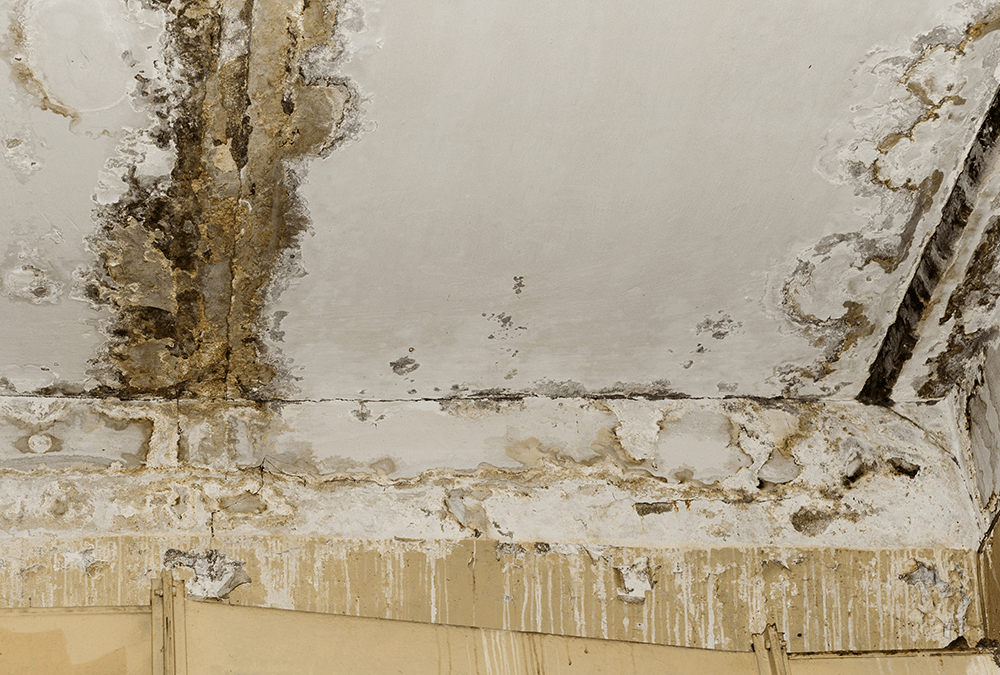Exactly how to Prevent a Water Damaged Bathroom
Exactly how to Prevent a Water Damaged Bathroom
Blog Article
In this article down the page you can get lots of awesome data in relation to How to Prevent Bathroom Water Damage.

The bathroom is very prone for wet buildup and potential water damage because of the constant use water in it. This write-up supplies simple inspection techniques to help spotting water damages hazards.
The constant use water in the washroom makes it exceptionally prone for damp build-up as well as prospective water damage. By examining it routinely, you can reduce water related damages.
The adhering to collection of examinations is simple to carry out and should be done once in every 3 months in order to maintain your shower room healthy as well as to prevent potential water problems brought on by the tub, the shower, pipe joints and plumbing, sinks, closets, as well as the toilet
Do not overlook performing these examinations and also be complete while doing them. Keep in mind that these simple assessments can save you a lot of cash by supplying early indications for water damages
Sinks as well as Cabinets
Sinks and closets are subjected to moisture and moisture everyday and are usually ignored. Examine regularly under the sink and also on the counter top above it. Fix any drip in the catch as it might suggest drainpipe issues. Look around the sink, slow-moving draining pipes might suggest a blocked drainpipe. Replace sink seals if they are fractured or loose.
Bath tub as well as Shower
The shower and bath tub require unique interest and also maintenance. Examine the ceramic tiles and change if cracked. See to it that there is no missing grout in between the ceramic tiles. Inspect and also replace cracked caulking at joints where the wall surfaces meet the flooring or the tub. Clogged drains pipes and pipelines issues will certainly stop the bathtub from drying out and might suggest significant issues beneath the bath tub. Speak with a specialist right away to prevent architectural damages. Focus on discolorations or soft locations around the bathtub wall surfaces as they may suggest an inner leak.
Plumbing
Signs for water damages are difficult to identify because the majority of pipes are mounted inside the walls.
Pay unique attention to flooring and also walls dampness and spots as they might suggest an unseen plumbing problem. Inspect moisture levels in adjacent rooms also.
The Commode
The toilet is a prone water junction. Inspect the water lines and also search for leaks around the commode seat, in the hose, as well as under the water container. If you spot any type of indicators of moisture on the floor around the commode, check for leaks in the toilet edge and also tank seals.
Know that hanging commode bowl deodorants boosts the opportunities for clogs.
Water Damage Signs In The Bathroom To Avoid Cleanup
Musty smell
This is one of the easiest signs to catch because musty smells are so odorous. The damp, earthy, moldy smell should be a big red flag. The smell will develop when moisture gets trapped in surfaces, and begins to facilitate mold growth. Leaking pipes under cabinets, inside walls, and behind shower fixtures will cause moisture to stay trapped and not dry, which will lead to mold growth and spread. As soon as you notice any musty smells in your bathroom, have it checked for hidden water damage and cleanup signs.
Visible mold
If the smell isn’t there to give it away, sometimes you will actually see mold growth. Finding mold in your bathroom is a serious problem, because mold is very harmful to your health. By the time mold growth is visible, it also means that water damage has already occurred and been present for some time. The only way the mold problem can be resolved is to find the source of the moisture and get it stopped. To safely and adequately remove mold, you need to have professionals handle the remediation. Do not waste any time in getting mold problems addressed, fixed, and sanitized so that you can protect you and your family from the many respiratory symptoms caused by mold exposure.
Damaged floors
Bathroom floors should be able to withstand some exposure to water while still remaining in good condition. However, when excess exposure or water leaks occur, they will begin to damage even the most water-resistant flooring. If you notice any cracking, bubbling, staining, or warping on your bathroom floors, there is probably a water leak somewhere causing the distortion. If you notice areas of the floor have become softer, or even have a spongy feeling, there is probably damage to the subfloor. Subflooring is typically made up of plywood. When plywood is exposed to water or moisture, it will absorb it. Once it has become saturated, the weight of the excess water will cause the wood to swell and soften. Check the floors in your bathroom frequently to catch any of these sings before they lead to damaged subflooring.
Changes on walls
When water leaks behind walls, it will cause changes in the drywall. Peeling plaster, blistering paint, and soggy wallpaper are all good indicators that excess water is building up behind the wall. Water leaking behind drywall will cause it to swell and be soft to the tough. If you start to notice gaps along the trim of your walls, or where tile meets the wall, it could also be a strong indicator that there is a leak behind the wall. Any changes, distortion, or damage on the walls should be evaluated as soon as you notice it to prevent further water damage and cleanup.

As an enthusiastic reader about Common Causes of Water Damage in a Bathroom, I was thinking sharing that topic was worth the trouble. Sharing is caring. Who knows, you might be helping someone out. Many thanks for your time invested reading it.
Schedule Report this page